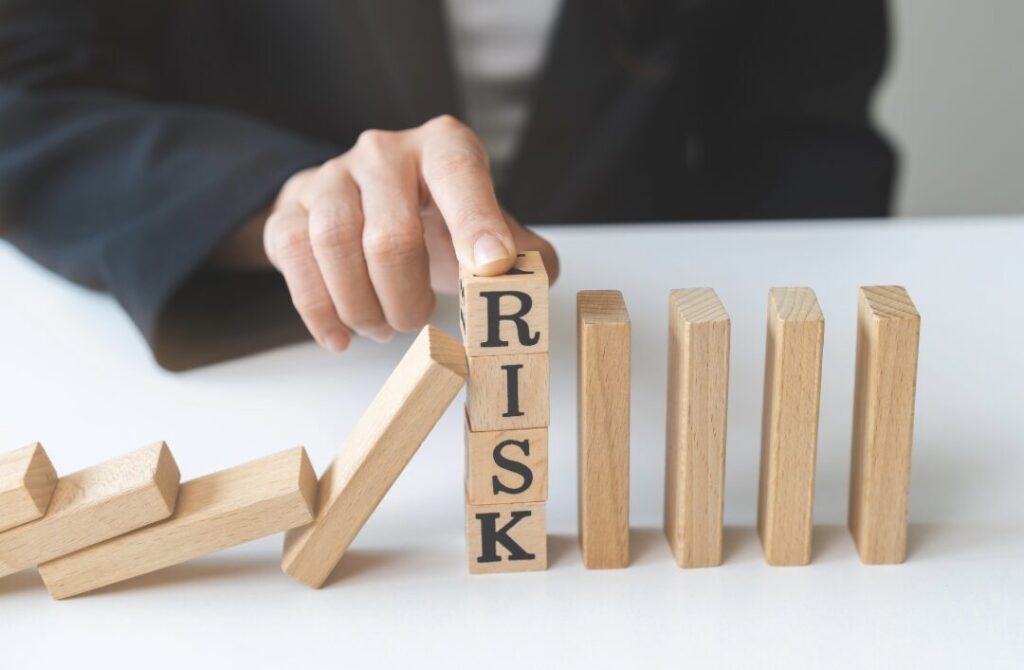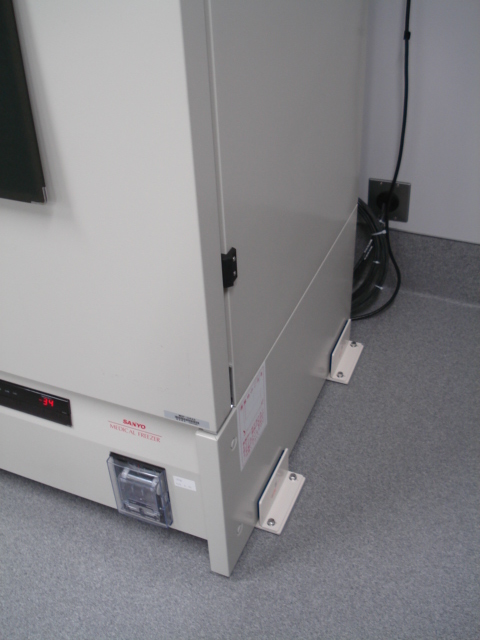
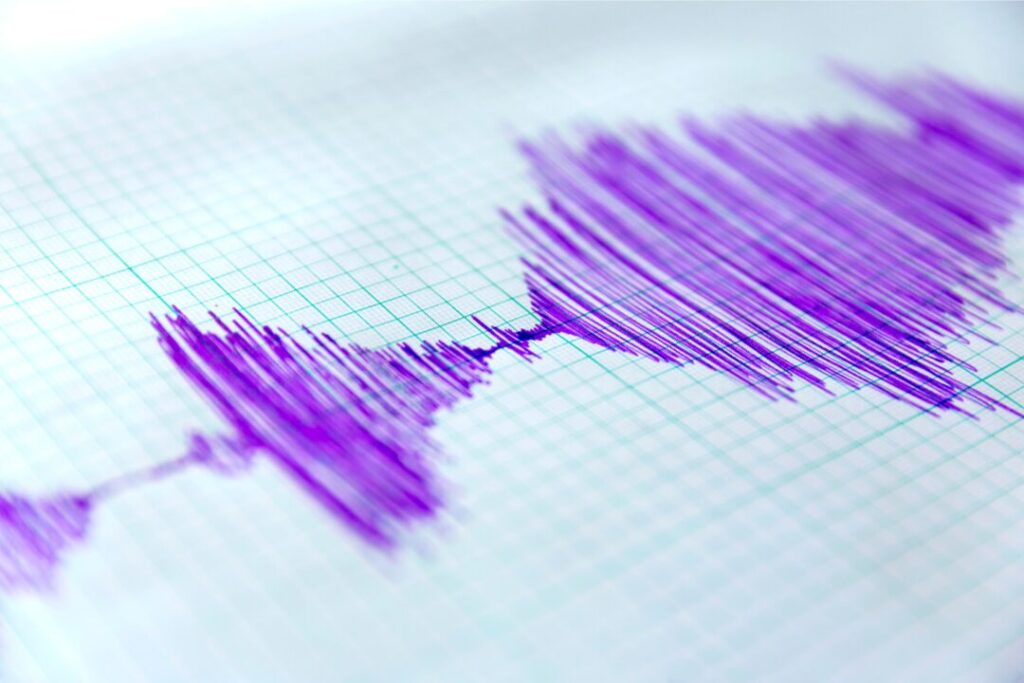
Natural disasters can strike at any time, and earthquakes are among the most unpredictable and destructive. For businesses operating in earthquake-prone regions like Japan, developing a comprehensive Business Continuity Plan (BCP) that includes earthquake preparedness is essential for protecting employees, assets, and operations.
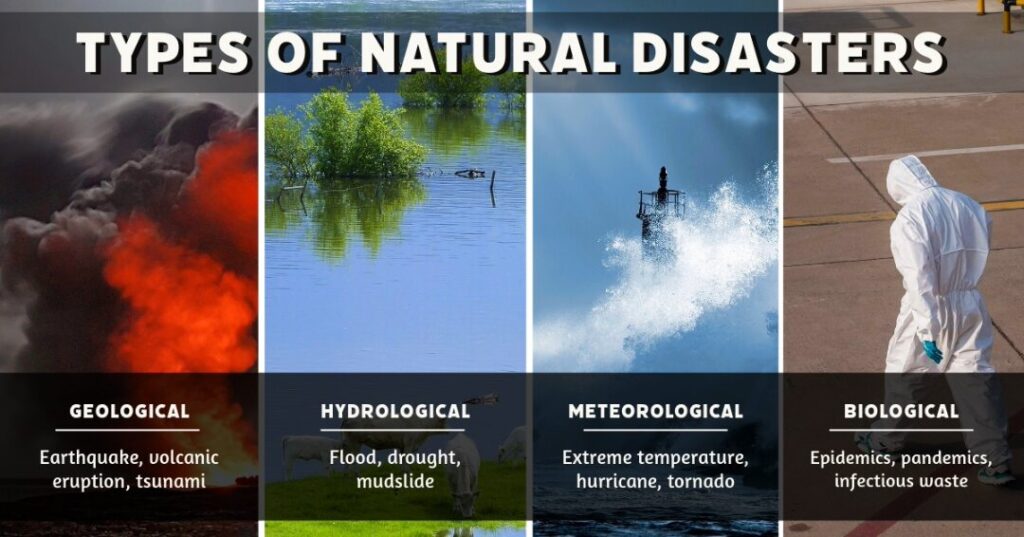
Unlike other disasters that can sometimes be predicted, earthquakes occur without warning. A strong tremor can damage buildings, disrupt logistics, cause power outages, and halt production lines instantly. Without a clear plan, recovery can take much longer, potentially affecting not only the company’s reputation but also its long-term stability.
By incorporating earthquake preparedness into a BCP, organizations can minimize downtime, maintain critical functions, and recover faster after a disaster.
Begin by assessing the structural safety of buildings, factories, and offices. Identify areas at risk of collapse or equipment that could fall during strong shaking. Regular inspections help reduce potential hazards.

Heavy equipment, shelves, and display monitors should be properly fixed to prevent tipping or falling. Using certified anti-seismic stands and brackets can greatly reduce damage and injury risks.
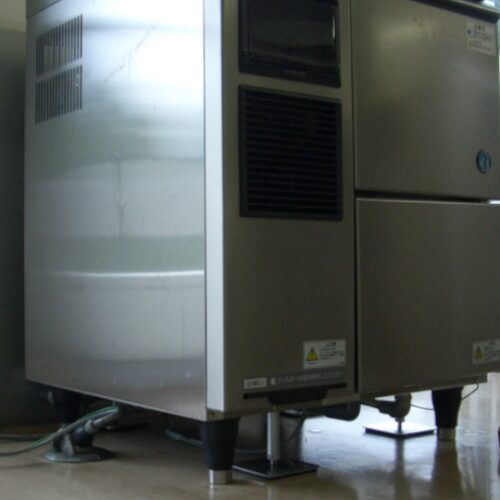
Ensure that all essential data and operational information are backed up securely, ideally in multiple locations or on cloud servers, so business operations can resume quickly even if on-site systems are damaged.
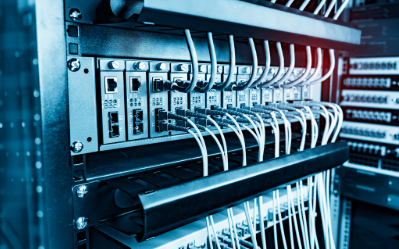
Regular earthquake drills help employees respond calmly and efficiently. Clear evacuation routes, emergency kits, and communication procedures should be known to everyone in the company.
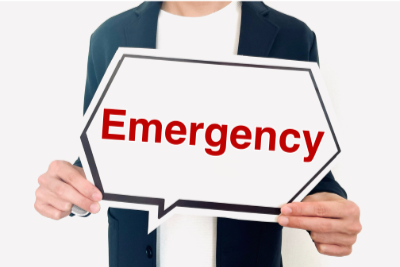
Work with suppliers and logistics partners to develop alternative routes or sources in case of disruptions. Business continuity depends not only on internal systems but also on the broader supply chain.

Earthquake readiness should not end with one-time measures—it requires continuous improvement and awareness. Creating a company culture that values safety and preparedness ensures that every employee contributes to resilience.

A well-prepared BCP is more than just a document—it is a lifeline for business survival. By taking proactive steps against earthquakes, companies can safeguard their people, protect their assets, and ensure that their business can continue even in the face of unexpected challenges.
